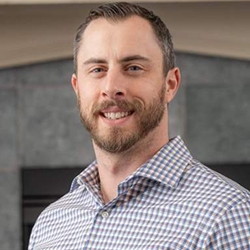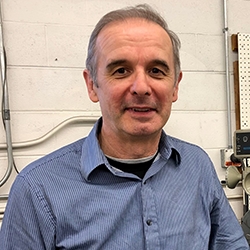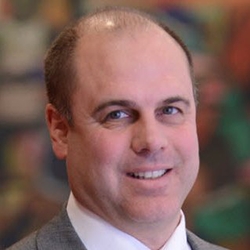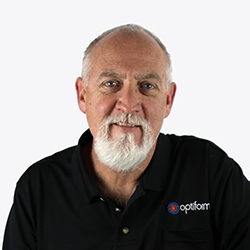This website uses cookies so that we can provide you with the best user experience possible. Cookie information is stored in your browser and performs functions such as recognising you when you return to our website and helping our team to understand which sections of the website you find most interesting and useful.
Precision Metal Parts: Procurement Made Easy
The global pandemic created several challenges within the manufacturing sector including supply base shortages, delays in production, and vendor/supplier closings. During times of crises, a simplified supply chain is essential for designing, producing, and delivering critical medical components and precision metal parts to market on time and within budget, so those on the frontline can continue to save lives. In a recent Device Talks conversation, Fotofab joined other manufacturers to discuss how collaboration was an important element to get them through the pandemic.
What Was Discussed
The following points were discussed among the panelists:
- How a customer-centric collaboration approach across the supply chain reduces lead-time and cost during a higly variable demand.
- How R&D collaborative planning optimizes design for manufacturability and creates cost savings and quick turnarounds.
- What manufacturing processes provide the tightest tolerances for critical and precision metal medical parts including stamping/forming, electroforming, photochemical machining (PCM), machining, assembly, etc.
- How vertically integrating manufacturing partners and processes provide a variety of benefits, especially during a time of crisis.
Who Was Talking
Panelists for the DeviceTalks included:
Anthony Giampapa | Director of Sales | Fotofab
Anthony Giampapa brings close to 10 years of sales experience within the manufacturing industry on a national level.
As Director of Sales for Fotofab, Giampapa supports strategic sales initiatives that focus on increasing revenue.
He works closely with customers to build and maintain long-term, trusting relationships with current and potential customers.
Originally from the Chicago area, he initially studied at Illinois State University as an accounting major then switched gears and went into sales and marketing at Elmhurst College.


Casey Guzik | Tool & Die Manager | Fotofab
Casey Guzik is the Tool & Die Manager at Fotofab LLC, a leading producer of precision photochemical etched sheet metal components.
His journey began at a technical school learning the theoretical knowledge of the tool and die trade, while simultaneously serving an apprenticeship to gain hands-on experience.
Guzik has worked with companies specializing in 4-slide tooling, punch presses, progressive stamping, draw work, and custom tool designing.
With his earned and accredited leadership, he has started and managed International and U.S.-based facilities, including Fotofab’s Elk Grove Village location.
Jeff Bell | Managing Partner | Arc Precision
Jeff Bell is the co-author of the McGraw-Hill book, Factory Physics for Managers: How Leaders Improve Performance in a Post-Lean Six Sigma World. He is the managing partner of Arc Precision, an ISO 134845 and FDA-Registered supplier of precision machined components and assemblies to the medical device industry.
Bell’s deep experience in operations across multiple industries includes his work with Factory Physics Inc., Emerson Electric, and Procter & Gamble Pharmaceuticals. He teaches as a clinical professor of operations and entrepreneurship at Dominican University.
He has a B.S. in operations research and industrial engineering from Cornell University as well as an M. Eng. and MBA from Northwestern University (Kellogg School Management).


Robert L. Brunson | VP of Sales and Marketing | Optiforms
Robert L. Brunson is vice president of sales and marketing of Optiforms. Rob is committed to building partnerships with customers requiring precision metal components.
For over 34 years, Brunson has guided various departments helping develop many Optiforms’ processes and protocols for product development, as well as setting up and managing the safety and compliance department.
Focused on quality, committed to exceptional customer service, and with a comprehensive understanding of the various processes that are used and/or available to manufacture precision metal components. Brunson offers customers a complete solution to their manufacturing challenges.

